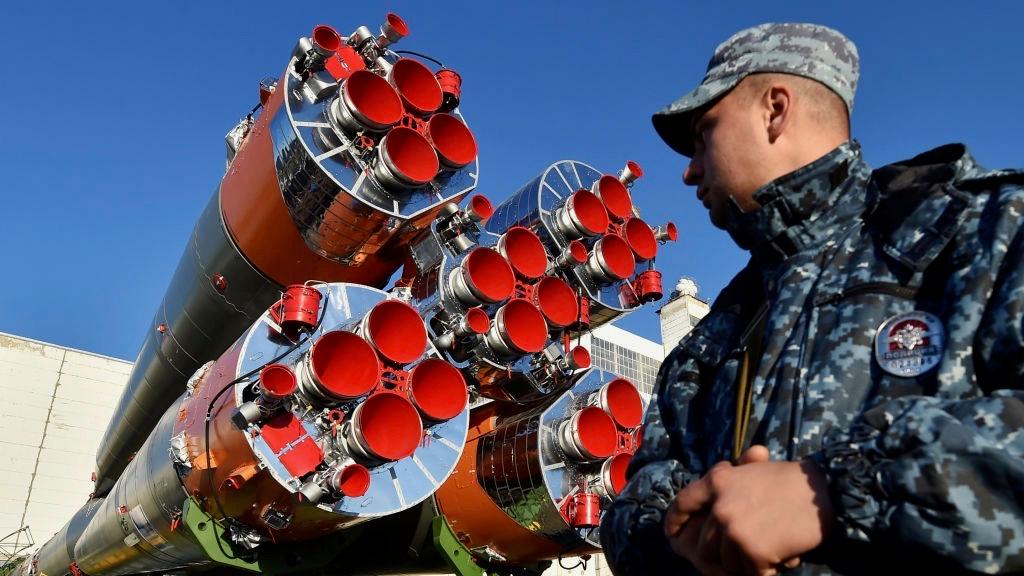A hole found in a spacecraft module docked on the International Space Station is now believed to have been drilled.
The hole was discovered in the Russian section of the space station, The Guardian reported, saying the hole confused the Russian space agency at first. Initial perceptions were that it might have been from a small asteroid.





